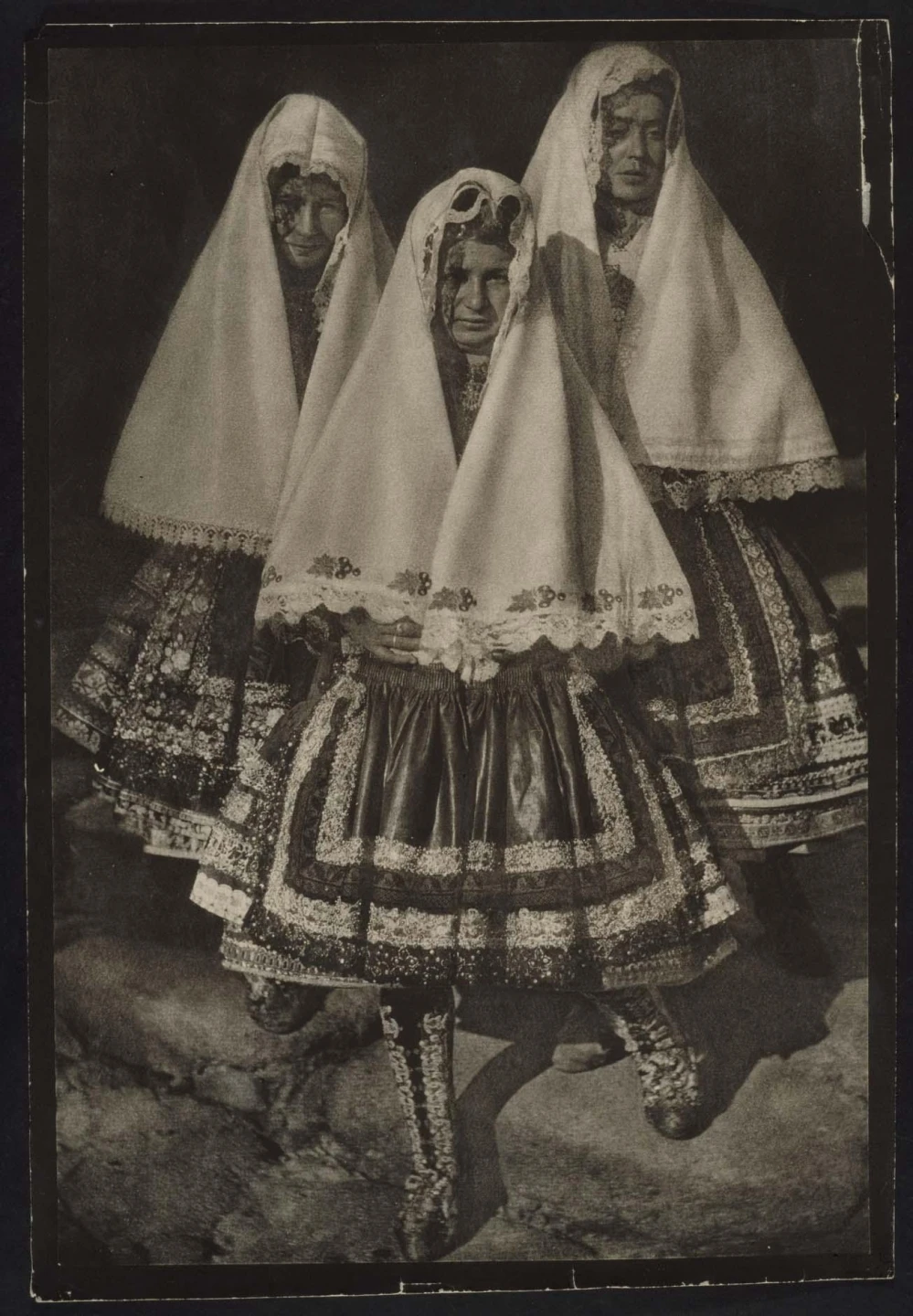Ortiz Echagüe

<p></p>
The collection of photographs chosen for this exhibition offers the timeless image of Spain, where characters are dressed in work or festive dress, North Africans, landscapes or ruined castles are identified with perennial value. This is achieved with both technique and style: because of the prominent luminous contrasts that turn the characters into sculptures. This is evident in his numerous portraits of people, especially in the series of monks, where the use of iconography and compositions influenced by the Baroque is apparent, such as in the case of the Monje blanco, novicio del Cister (1945) and Monje cartujo (c. 1945), which are modelled off San Bruno (c. 1635) by Manuel Pereira and the paintings of Francisco de Zurbarán.
Motivated by a desire to capture it before it disappears, the reason and reality of the person and popular costume, Ortiz Echagüe creates "a unique work, articulated conceptually and technically developed around the idea of documenting a Spain that was in the process of vanishing", as indicated by Rafael Levenfeld and Valentín Vallhonrat, curators of the exhibition. Echagüe’s photographs range throughout the whole Peninsula and the north of Africa, systematising the peculiarities and differences of the nation from their clothes (especially those of women, to provide greater richness and variety) and landscapes.
Artists
Museu Nacional d�’Art de Catalunya, Barcelona (July 23 - October 4, 1998); Hôtel de Sully, Paris (January 15 - March 21, 1999); Sala de Armas de la Ciudadela, Pamplona (March 30 - May 2, 1999); Palacio del Infantado, Guadalajara; Sala Amós Salvador, Logroño
Organised by
Legado Ortiz Echagüe, Universidad de Navarra, Fundación Universitaria de Navarra in collaboration with Museo Nacional Centro de Arte Reina Sofía,
Image gallery

Itinerary
Museu Nacional d’Art de Catalunya, Barcelona
23 July, 1998 - 4 October, 1998
Hôtel de Sully, París
15 January, 1999 - 21 March, 1999
Sala de Armas de la Ciudadela, Pamplona
30 March, 1999 - 2 May, 1999
Museo Nacional Centro de Arte Reina Sofía
13 July, 1999 - 13 September, 1999
Palacio del Infantado, Guadalajara
Sala Amós Salvador, Logroño